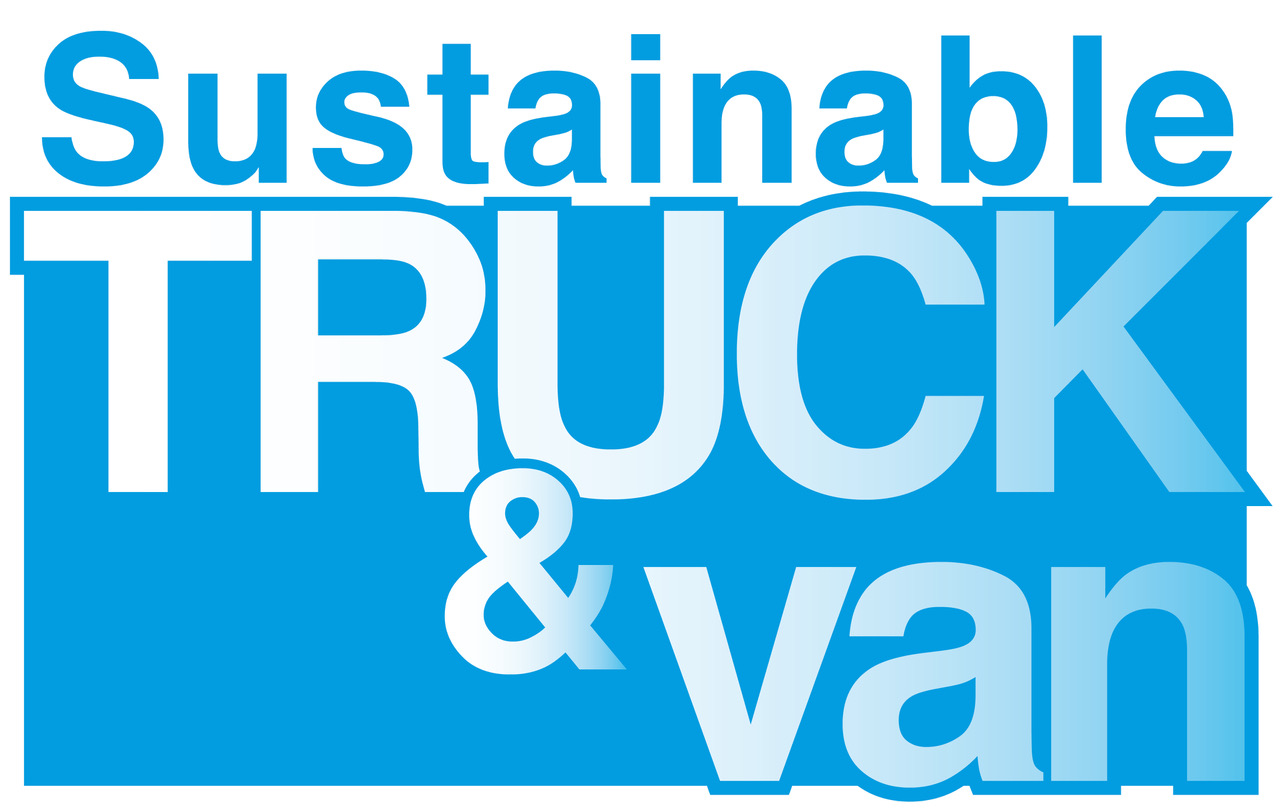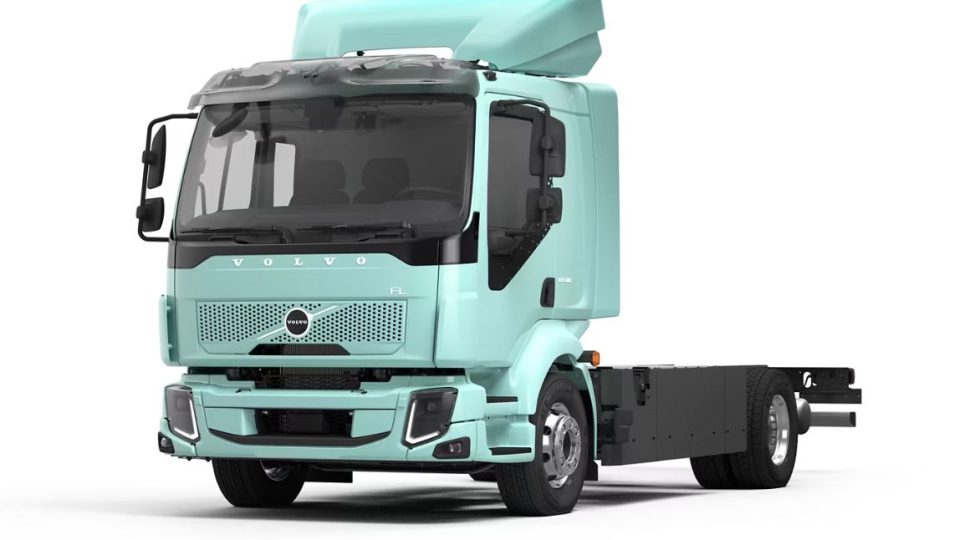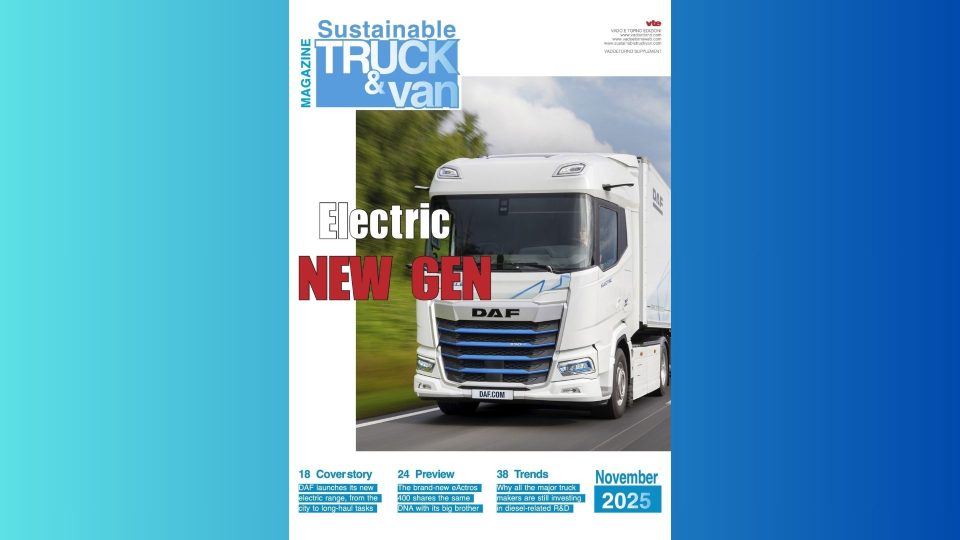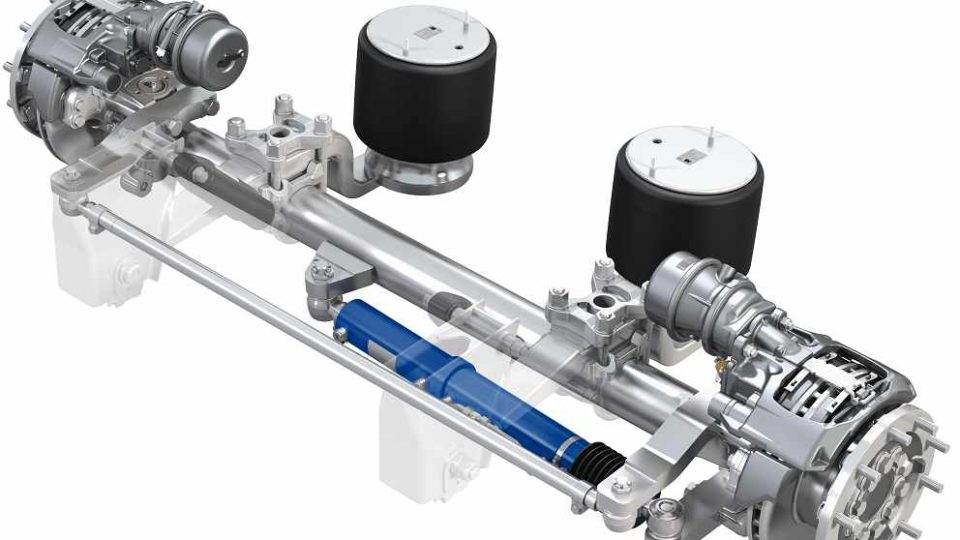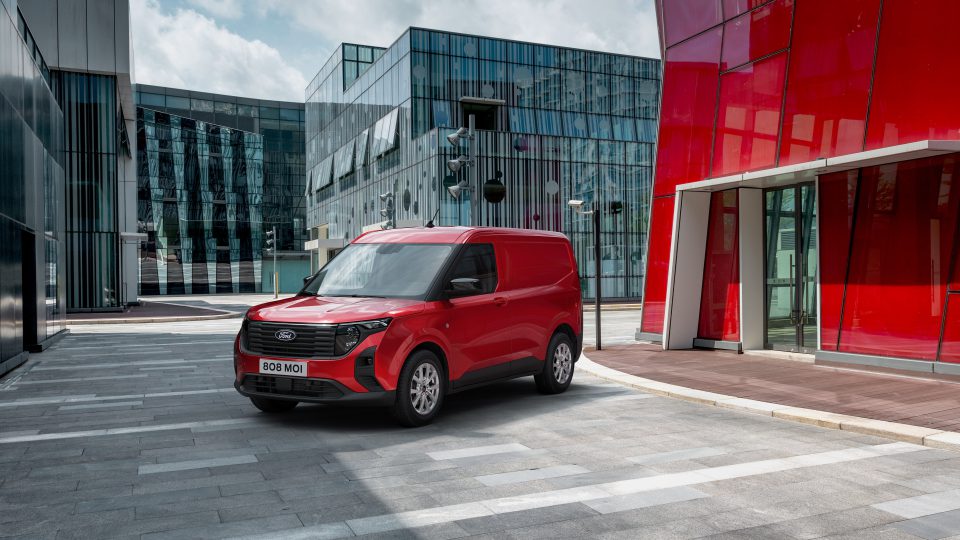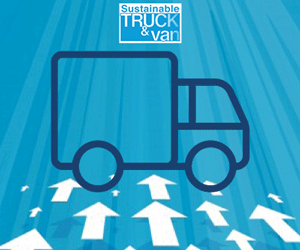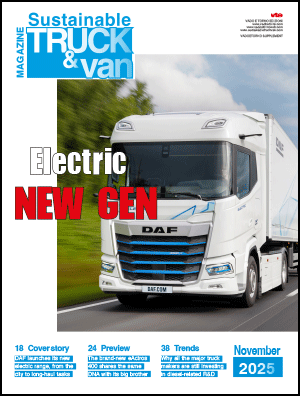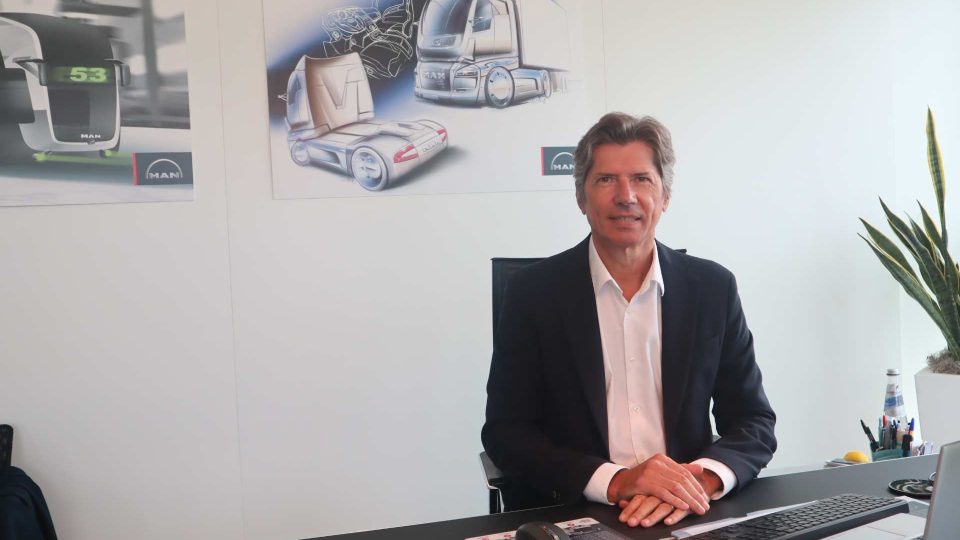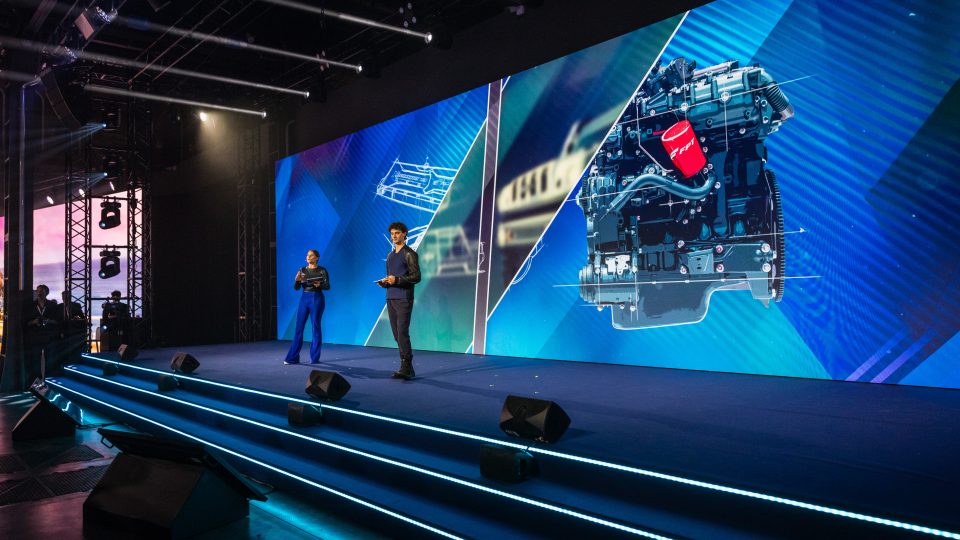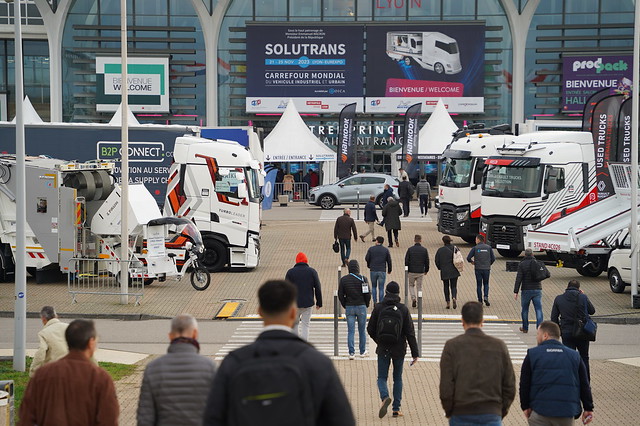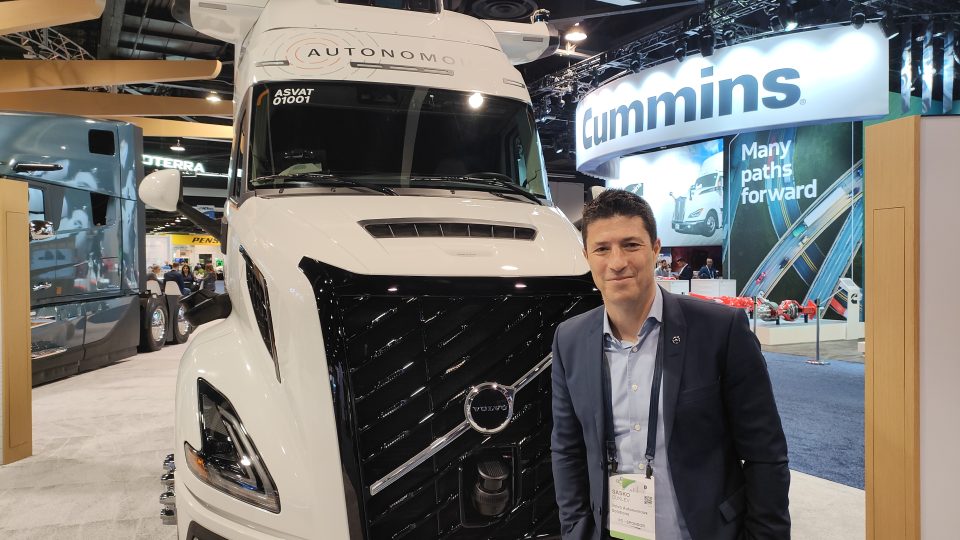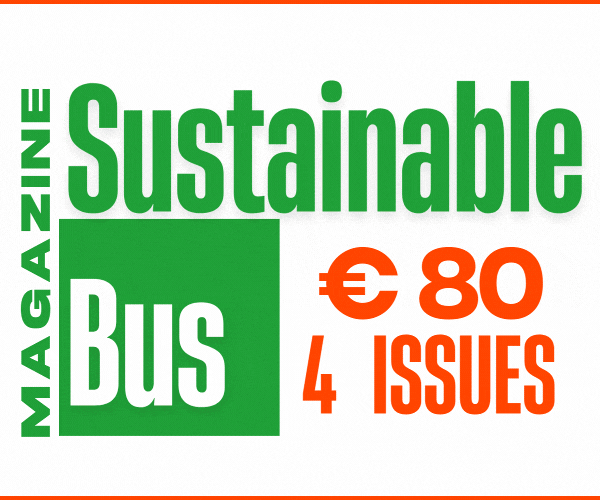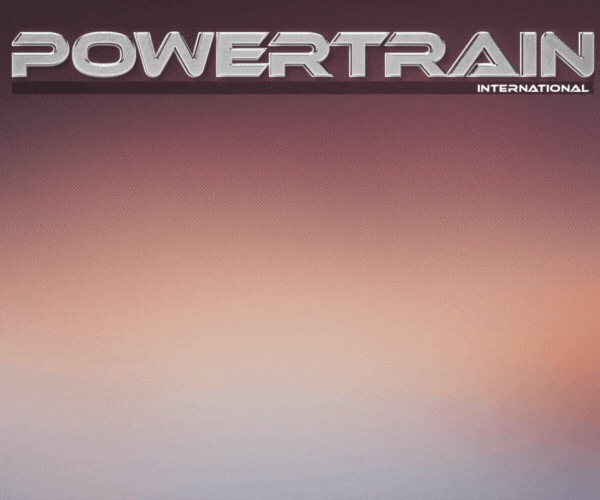Building charging infrastructure, from A to Z. Our interview with Jonathan Colbert (Voltera)
Transport electrification requires brave and innovative companies and projects. That’s quite clear in the current scenario. Founded in 2022, then still a very young company, Voltera develops and operates EV charging infrastructure in the United States. Or, as their own website states, “the ability to source land and power”. We've had a great chat with Jonathan Colbert, VP, Marketing and Business Development at Voltera.
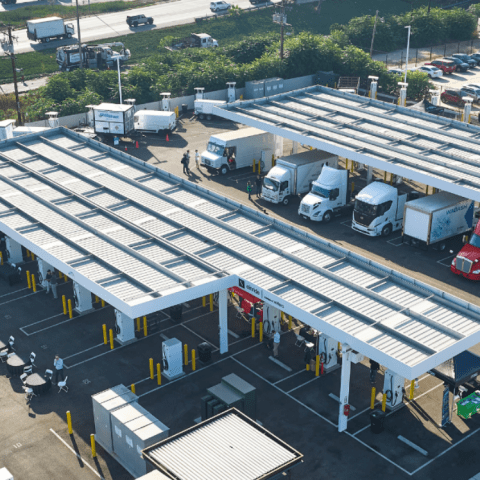
Transport electrification requires brave and innovative companies and projects. That’s quite clear in the current scenario. Founded in 2022, then still a very young company, Voltera develops and operates EV charging infrastructure in the United States. Or, as their own website states, “the ability to source land and power”.
Since 2022, Voltera was able to get valuable money from major investors, and above all to grow in numbers. Today, the company boasts over 20 sites, mainly in California, but also in other U.S. states, as well as over 115 MW of charging capacity, with figures that are growing month after month. A couple of examples are the Voltera site in Lynwood, California, right on the freight corridor going down to the ports of LA and Long Beach, with 65 stalls for designed for class 8 tractors. Or the electric facilities located in Santa Monica, San Francisco, Dallas, and Austin tailored for light-duty passenger vehicles. Together, these sites add 294 charging stalls and 28 MW of capacity to the company’s national portfolio.
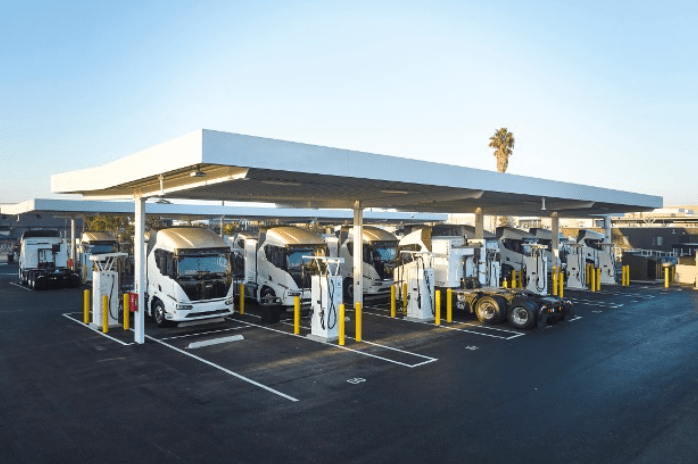
Jonathan Colbert (Voltera): “Great potential in this sector”
An actual EV enthusiast, however, with a very practical and down-to-earth approach, Jonathan Colbert is VP, Marketing and Business Development at Voltera. We met him to talk about the plans of the major player in the charging infrastructure business. “We do believe the U.S. have a great potential in this sector, and we have been investing a lot. Talking about commercial transportation, we see that light-duty vehicles are perhaps more ready than heavy-duty vehicles to be electrified, but it’s only a matter of time. Our task is to join the work of vehicle manufacturers and promote the creation of a suitable infrastructure, possibly all over the country”.
In which States is Voltera currently operating?
“A lot of our sites are in California, even though California sometimes can be harder to develop compared to other parts of the U.S. Arizona’s been great to us, Texas as well. I live in Florida; it’s my home State. Florida’s been pretty good, too. Sometimes there’s a lack of knowledge around electrification and that causes problems, you know, so I’ve seen it all different ways, but I would say exactly”.
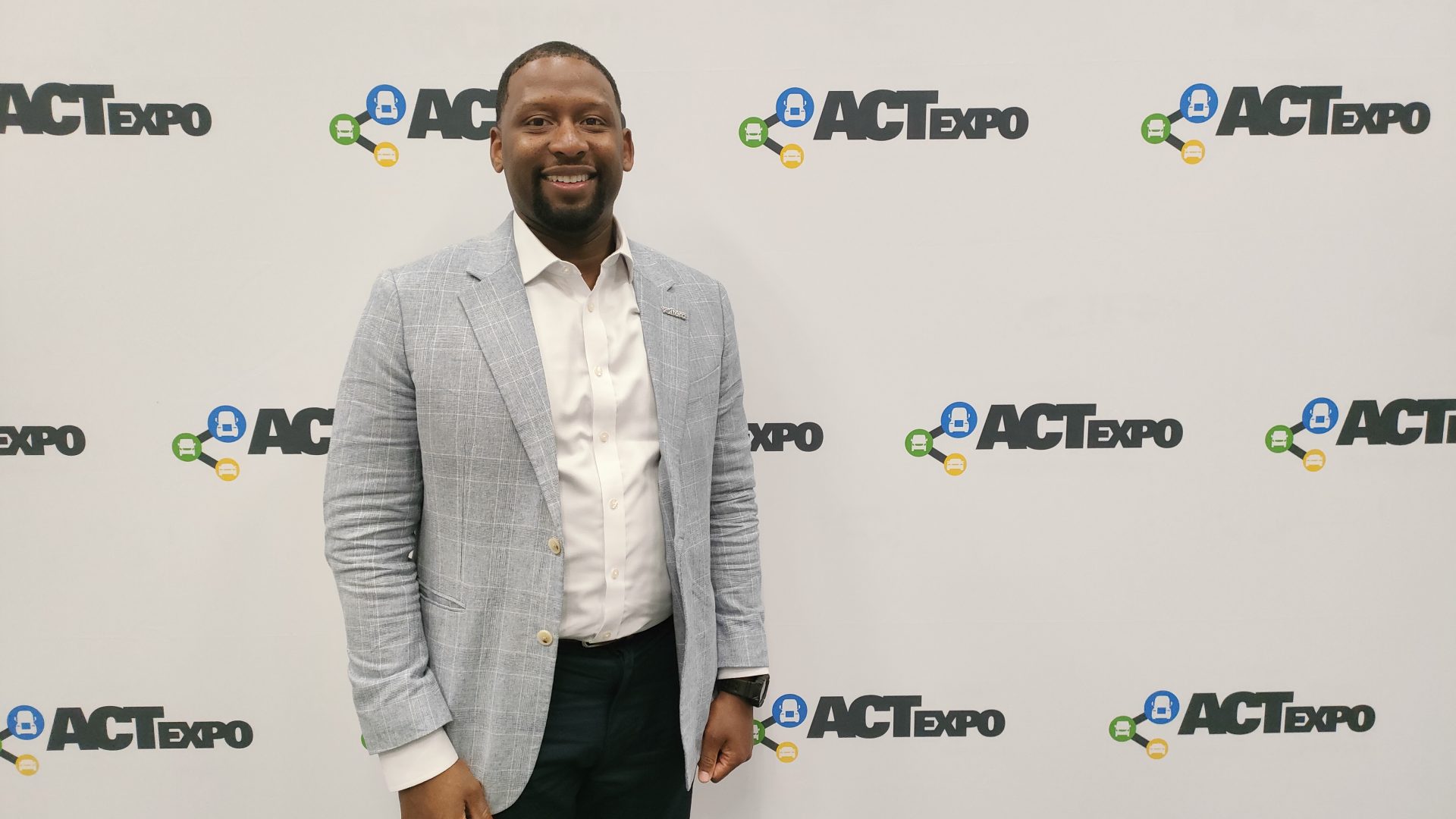
Which is Voltera’s typical customer?
“On the transportation side, then people movement, these would be autonomous fleets like Waymo or even Uber. On the goods movement, last mile delivery, also like our drayage site for heavy duty trucks down there in California and then charging networks. We develop the site, put all the infrastructure in, finance it, deliver to customers, as they’re paying their monthly amount and they handle it from there”.
Energy requirements and operational needs
Back to technology, let’s talk about practical use cases. How’s Voltera working according to the requirements of transport companies?
“I’ll go very concrete and make some examples. The power you need strongly depends on the types of transport. Let’s think of a use case that is bringing containers from the port into an inland terminal and back. If they’re going very short distances in the grand scheme of things, 180 kW is perfect for them. Now, for these larger vehicles and for different configurations, you might want higher output because you can get higher throughput and higher utilization of vehicles. But if you have your own dedicated fleet, that’s where you, depending on the use case and the duty cycle, might be able to have some vehicles charging overnight or charging for an extended period and then you don’t necessarily need to charge as fast”.
So, it’s not so necessary to look at megawatt charging systems…
“Today, nearly everyone seems to be interested in megawatt charging, however there aren’t many vehicles that can accept MW charging technology, now. Also, if you’re a fleet and could have 100 kW across 10 stalls sustained for a period or one vehicle that delivers the same amount of energy in an hour, you know, it’s not the same thing. There’s also an issue associated with costs. I don’t think people are considering the whole situation”.
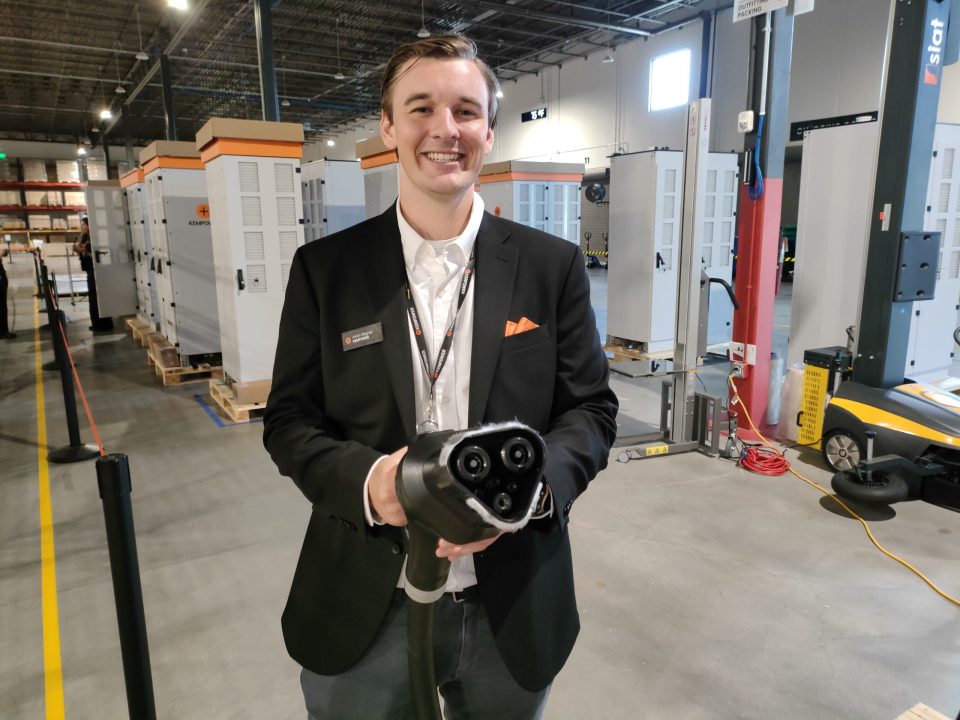
What do you mean by that?
“Let’s start from the energy costs. If I’m going to hit the new demand charge, it better be worth it because I have to pass that on to the customers. If it’s my fleet, I absorb it. So, how can you confidently say they’re willing to pay for it? The answer is that it varies depending on what utility you have. So, you may sign up to use a certain amount of energy at this rate. And if you go over that, meaning you’re demanding more energy from the grid, you are going to be charged for that. You want to be able to flatten that out and go to a more reliable rate of charging throughout your whole depot during usage. So that’s where storage can be a great way to flatten that out. But part of why you want to flatten it is not just for consistency and reliability. It is because you don’t want to hit that demand charge”.
What’s the possible solution, then?
“I think there are two ways to face it. One is you just pay for the demand charge. The other is you get a rate where it’s basically inflated and you’re going to draw more energy on a regular basis”.
How’s Voltera operatin in counseling for customers
Is Voltera also engaged in counselling activities?
“We’re of course the delivery partner, but a lot of it is upfront design and coaching them and and kind of sharing our expertise. The interesting thing about it is that a lot of it comes out in the site acquisition process, like we have to get really tight on what they need before we can go out and find the site. So, we’re spun up with a few customers right now where it’s been months of really getting in the weeds with them. Also, we’re like helping influence their design standards as they’re building them right now, you know, and we’re looking for sites and bringing it back to them and kind of see what works best”.
Is Voltera working with partners? Are you open to finding new partners?
“We’re working with partners and we’re open to new partners. A big part of my role for this year is going after some specific additional partners. So, on the acquisition side, we work with different brokerages to go out and find the properties. We also have a real estate team in-house that’s dealing with that. On the design side, we work with partners to do electrical engineering and design. And then operations and maintenance, we manage them in-house. Finally, from a software perspective, we build our own platform that plugs in all of the chargers. But from a hardware perspective, we can plug in anything”.
